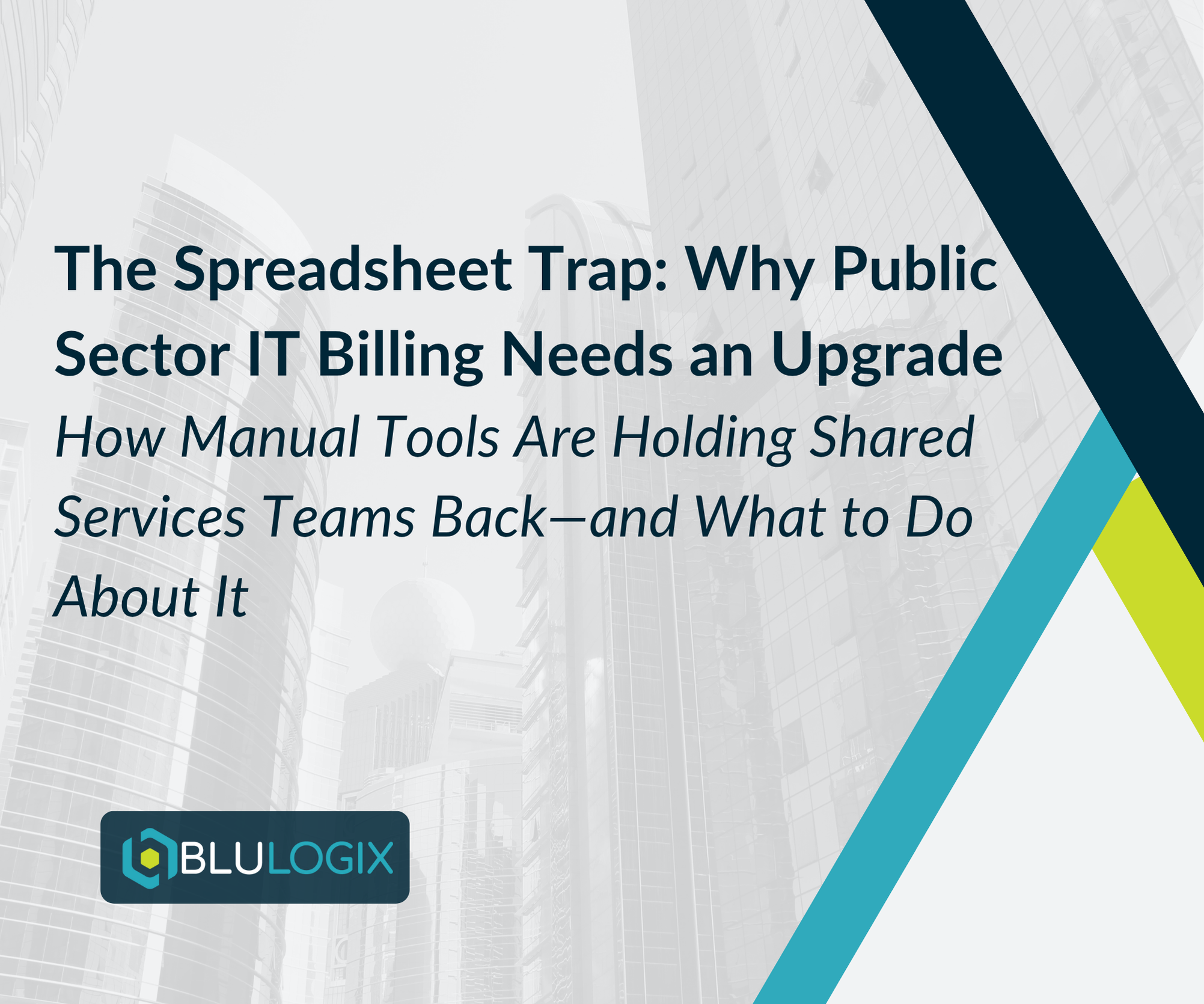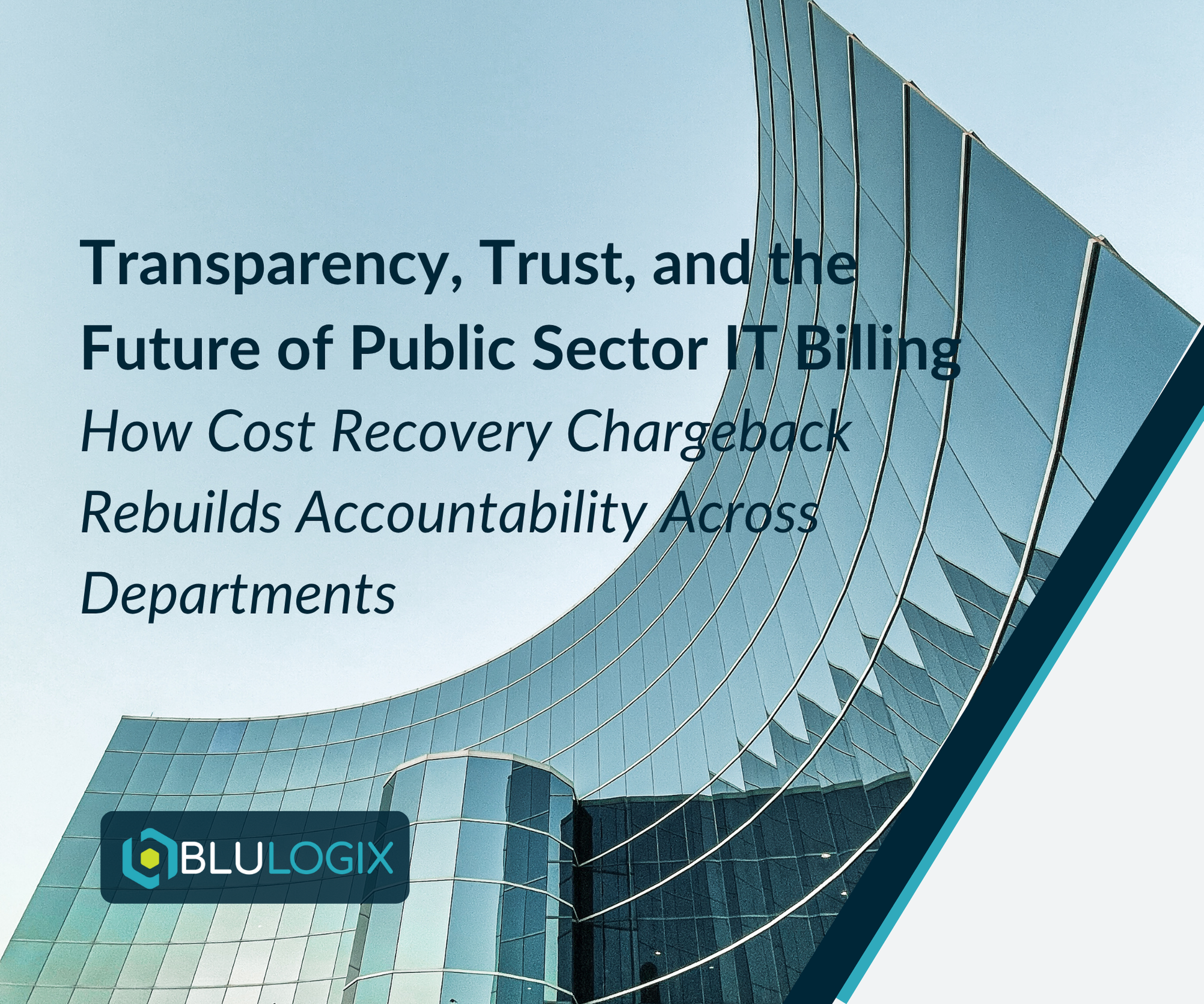Complex Usage or Consumption Based Subscription Billing Best Practices
Complex usage or consumption-based subscription billing can be challenging to manage, but there are several best practices that can help ensure accurate billing and a positive customer experience. Here are some tips:
Take your business further with BluIQ’s flexible, scalable, enterprise-grade intelligent billing solutions.
- Define usage metrics clearly: Before implementing a complex usage-based billing system, it is important to define usage metrics clearly so that customers understand what they are being charged for. Make sure to clearly communicate the usage metrics in your pricing plans and service descriptions.
- Implement real-time tracking: To ensure accurate billing for usage-based subscriptions, it is important to implement real-time tracking of usage metrics. This can be done using tracking tools or APIs that integrate with your subscription billing platform.
- Provide visibility into usage data: Customers should have access to their usage data so that they can track their own usage and understand how their charges are calculated. This can be done through customer portals or dashboards that display usage data in real-time.
- Set billing thresholds: To prevent unexpected charges, it is important to set billing thresholds that trigger alerts or limit usage when a certain threshold is reached. For example, you may want to set a limit on the amount of data a customer can use in a billing cycle.
- Offer flexible pricing plans: To accommodate different customer needs, consider offering flexible pricing plans with different usage tiers or pricing models. This can help ensure that customers are only paying for what they need, and can help increase customer satisfaction.
- Provide transparent billing statements: Billing statements should be transparent and easy to understand, clearly showing usage metrics and charges for each billing period. This can help build trust with customers and reduce the risk of disputes.
By following these best practices, businesses can successfully implement complex usage or consumption-based subscription billing models and ensure accurate billing and a positive customer experience.
How is complex consumption tracked in subscription billing?
Complex consumption is tracked in subscription billing through the use of metering and monitoring systems. These systems track and measure usage data in real-time, allowing businesses to accurately bill customers based on their usage of a product or service.
Metering systems typically use APIs to collect data on usage metrics such as data storage, bandwidth, or API calls. The metering system then sends this data to a subscription billing platform, which uses the data to generate usage-based invoices.
Monitoring systems are used to track usage metrics that are more difficult to measure, such as the number of users accessing a service or the amount of time spent using a product. These systems typically use log files or analytics tools to track user behavior and usage data.
Once usage data is collected and processed, it is used to calculate charges for the billing period. Depending on the billing model, charges may be based on a fixed rate per unit of usage or may be based on a tiered pricing model with different rates for different usage levels.
Complex consumption tracking is important for businesses that offer usage-based pricing models, as it allows them to accurately bill customers based on their actual usage. By using metering and monitoring systems, businesses can reduce the risk of billing errors and ensure a positive customer experience.
How does complex consumption affect the billing process?
Complex consumption can have a significant impact on the subscription billing process, as it requires tracking and billing for usage-based charges that can vary from customer to customer. Here are some ways that complex consumption can affect the subscription billing process:
- Increased complexity: With complex consumption, billing becomes more complex as usage metrics and charges vary from customer to customer. This can make it more difficult to accurately bill customers and can increase the risk of billing errors.
- Real-time tracking: To accurately bill for complex consumption, real-time tracking of usage data is essential. This requires the use of metering and monitoring systems to track usage metrics in real-time and send this data to the subscription billing platform for billing.
- Custom pricing plans: With complex consumption, customers may have different usage needs that require custom pricing plans. This can make it more difficult to manage billing for different customers, as each customer may have their own pricing plan and usage metrics.
- Automated billing: To efficiently manage billing for complex consumption, it is important to automate the billing process as much as possible. This can be done using a subscription billing platform that is capable of processing usage-based charges and generating accurate invoices automatically.
- Transparency: With complex consumption, it is important to provide transparency in billing statements so that customers can see exactly what they are being charged for. This can help reduce the risk of disputes and build trust with customers.
Overall, complex consumption can add complexity to the subscription billing process, but with the right tools and processes in place, businesses can effectively manage usage-based billing and provide a positive customer experience.
Here are some examples of products or services that have complex consumption:
- Cloud computing services: Cloud computing services such as Amazon Web Services (AWS) and Microsoft Azure charge customers based on the amount of resources used, such as storage, bandwidth, and CPU usage.
- Telecommunications services: Telecommunications services such as phone and internet providers charge customers based on usage, such as the number of minutes, texts, or data used.
- Energy utilities: Energy utilities charge customers based on usage, such as the amount of electricity or gas consumed.
- Software-as-a-Service Some Software-as-a-Service companies charge customers based on usage, such as the number of users or the amount of data processed.
- Media streaming services: Media streaming services such as Netflix and Spotify charge customers based on usage, such as the number of hours streamed or the number of songs listened to.
These products or services typically have complex consumption because usage can vary widely from customer to customer. For example, a cloud computing customer may use a large amount of storage but minimal CPU usage, while another customer may use minimal storage but a large amount of CPU usage. By tracking usage in real-time and billing based on actual usage, businesses can accurately bill customers and provide a positive customer experience.
Take your business further with BluIQ’s flexible, scalable, enterprise-grade intelligent billing solutions.
Are there any best practices for managing complex consumption in subscription billing?
Yes, there are several best practices for managing complex consumption in subscription billing:
- Implement a metering system: To accurately track usage metrics, it is important to implement a metering system that can collect and process usage data in real-time. This can help ensure accurate billing and reduce the risk of errors.
- Use tiered pricing: Consider using a tiered pricing model that offers different pricing levels based on usage thresholds. This can help incentivize customers to use the product or service more efficiently and can simplify billing for customers.
- Offer custom pricing plans: For customers with unique usage needs, offer custom pricing plans that are tailored to their specific usage patterns. This can help reduce disputes and build trust with customers.
- Provide transparency: Make sure that billing statements are transparent and provide detailed information on usage metrics and charges. This can help build trust with customers and reduce the risk of disputes.
- Automate billing: Automate the billing process as much as possible to reduce the risk of errors and streamline the billing process. This can be done using a subscription billing platform that is capable of processing usage-based charges and generating accurate invoices automatically.
- Monitor usage trends: Monitor usage trends over time to identify patterns and make informed decisions about pricing and product development. This can help you stay ahead of customer needs and improve the customer experience.
By following these best practices, businesses can effectively manage complex consumption in subscription billing and provide a positive customer experience.
Learn more

The Spreadsheet Trap: Why Public Sector IT Billing Needs an Upgrade

How Cost Recovery Chargeback Rebuilds Trust in Public Sector IT


